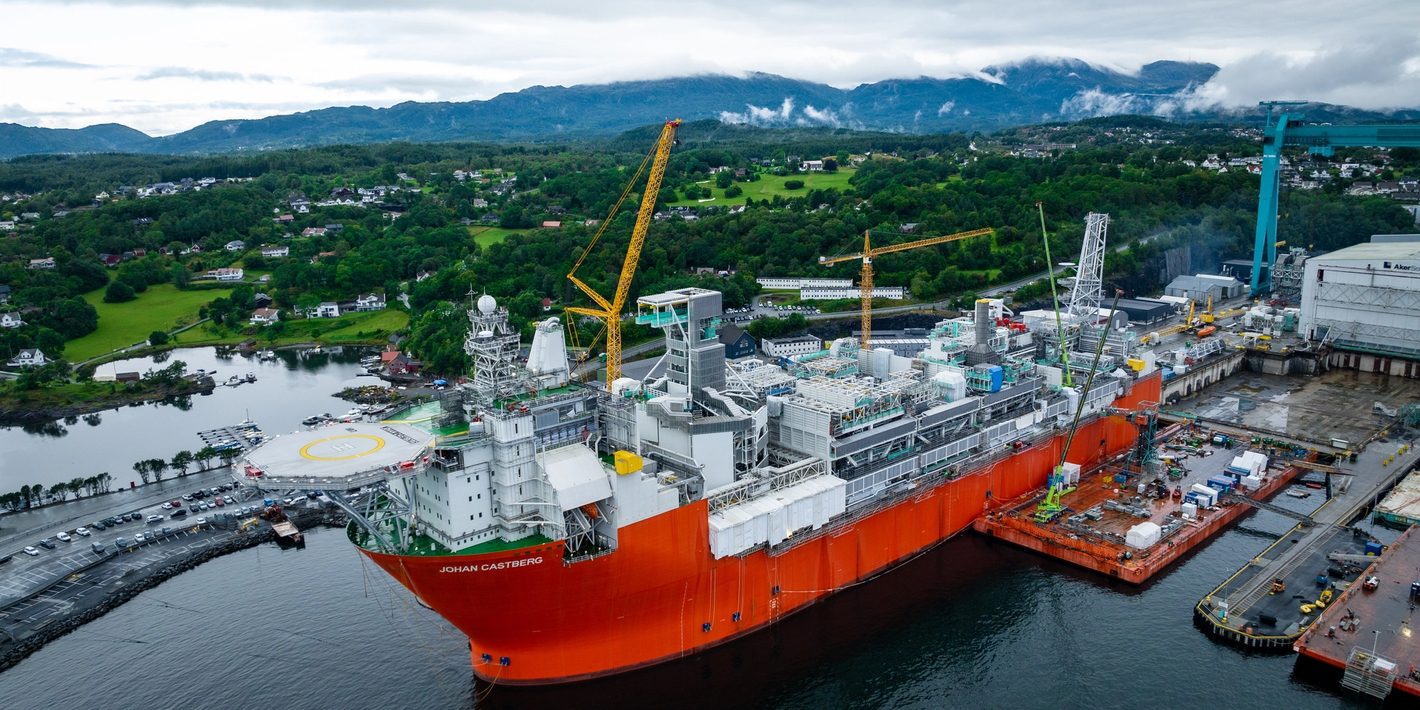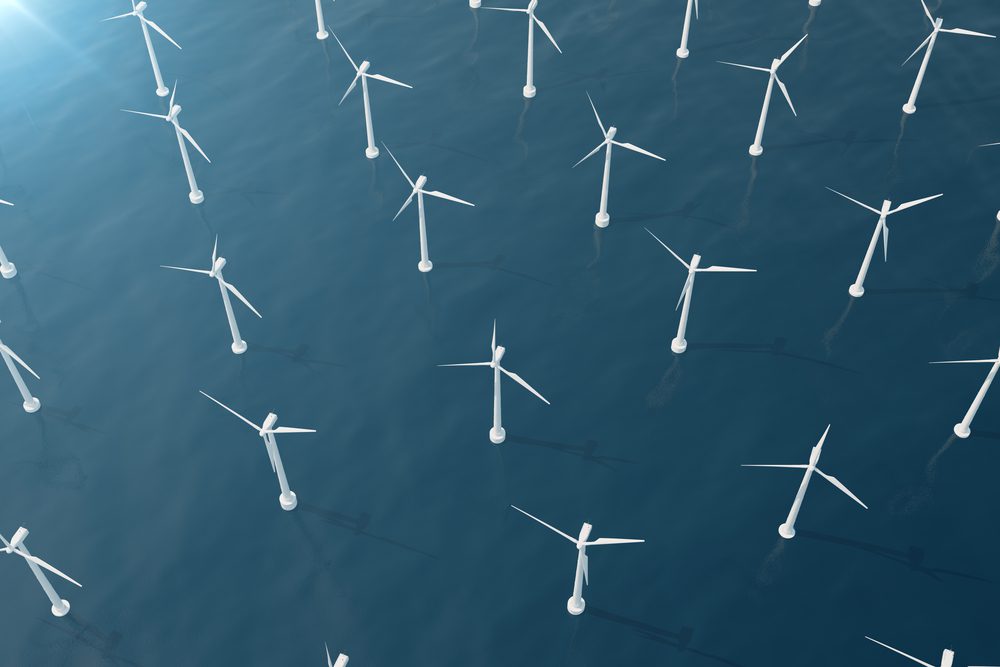By Stephen Treloar and Kari Lundgren (Bloomberg) —
The vessel that will tap Norway’s newest oil field is now undergoing final checks before setting sail for the Barents Sea, the latest stage of the country’s push to extract more resources from the Arctic.
The startup of the the Johan Castberg development later this year “opens up a new oil province in the Barents Sea, and this field can become a hub for new discoveries,” Equinor ASA Chief Executive Officer Anders Opedal said, speaking to dockyard workers on Tuesday at the coastal village of Stord, Norway. Once the infrastructure is in place, it will be easier to connect additional oil finds to the floating production, storage and offloading vessel, he said.
Prime Minister Jonas Gahr Store’s government is keen to maintain Norway’s position as a key energy supplier to Europe, and sees the largely unexplored Arctic as the main source of future reserves. Estimated to hold more than 60% of Norway’s undiscovered hydrocarbon resources, the Barents Sea has long tempted the oil and gas industry, even as harsh conditions and the lack of infrastructure make developing the region difficult.
Norway’s pursuit of Arctic oil and gas has come in for some criticism, with opponents arguing that the drilling flouts the country’s climate responsibilities. In 2020, activists took the government to court saying that allowing new oil drilling in the Barents during a climate crisis breaches fundamental human rights. But efforts to block exploration have failed.
Norway today supplies some 30% of Europe’s natural gas, becoming its biggest supplier after Russia’s invasion of Ukraine in 2022. Though oil production peaked in the early 2000s, the country still produced over 654 million barrels in 2023, or about 2% of global oil consumption.
The country has reduced the industry’s emissions, including by powering offshore platforms with renewable energy from wind turbines, but even with these pioneering efforts Norway remains a major exporter of fossil fuels that ultimately contribute to climate change.
Enormous Value
At 313 meters (1,027 feet) long, the Johan Castberg production vessel is about the same length as the world’s biggest aircraft carrier, the USS Gerald R. Ford. Its tanks have the capacity to hold as much as 1.1 million barrels of oil, drawn from 30 wells. The ship will spend much of the summer at the dock and anchored in the fjord near the Stord shipyard undergoing final checks, before heading north to start production in the fourth quarter, eventually ramping up to about 220,000 barrels a day.
“There is enormous value lying on the seabed that this ship will pump up, of course in dollars and kroner and money for the wealth fund as a result, but basically also energy,” Finance Minister Trygve Slagsvold Vedum told the crowd at the event on Tuesday. “That’s what the last two years have shown us, is that the world needs energy — people need energy.”
Located above the Arctic circle and about 240 kilometers (150 miles) northwest of Europe’s biggest liquefied natural gas production facility at Hammerfest, the Johan Castberg field is estimated to hold between 450 million and 650 million barrels of oil.
License holders are Equinor with 50%, 30% held by Energi ASA and Petoro ASA with the remaining 20%.
Drilling Activity in Norway’s Barents Sea Jumps
Norwegian oil and gas companies are picking up the pace of drilling this year in the Barents, the Norwegian Offshore Directorate said in January. Of the 40 to 50 exploration wells planned for 2024, between 8 and 10 are in the Barents Sea. This would make 2024 the most active year in the Barents since 2017.
Excitement in what Norway’s High North might hold has ebbed and flowed since the region was opened for exploration in 1980. In 2013, as many as 26 companies applied for new acreage when frontier areas for the industry were offered. In 2021, a similar round attracted just seven.
The 313 meter-long vessel will head for the Johan Castberg development in the Barents Sea.
“Johan Castberg is a mega project for the Norwegian petroleum industry,” said Kristin Fejerskov Kragseth, CEO of Petoro, which manages the state’s direct stakes in oil and gas fields. “There is a lot to do in the Barents Sea, and we are already planning more development opportunities.”
Two fields are in operation in the Barents today. Goliat, also serviced by a floating production, storage and offloading rig, and Snohvit, which pipes natural gas to Europe’s biggest liquefied natural gas production facility near the Arctic city of Hammerfest.
© 2024 Bloomberg L.P.

 Join The Club
Join The Club











